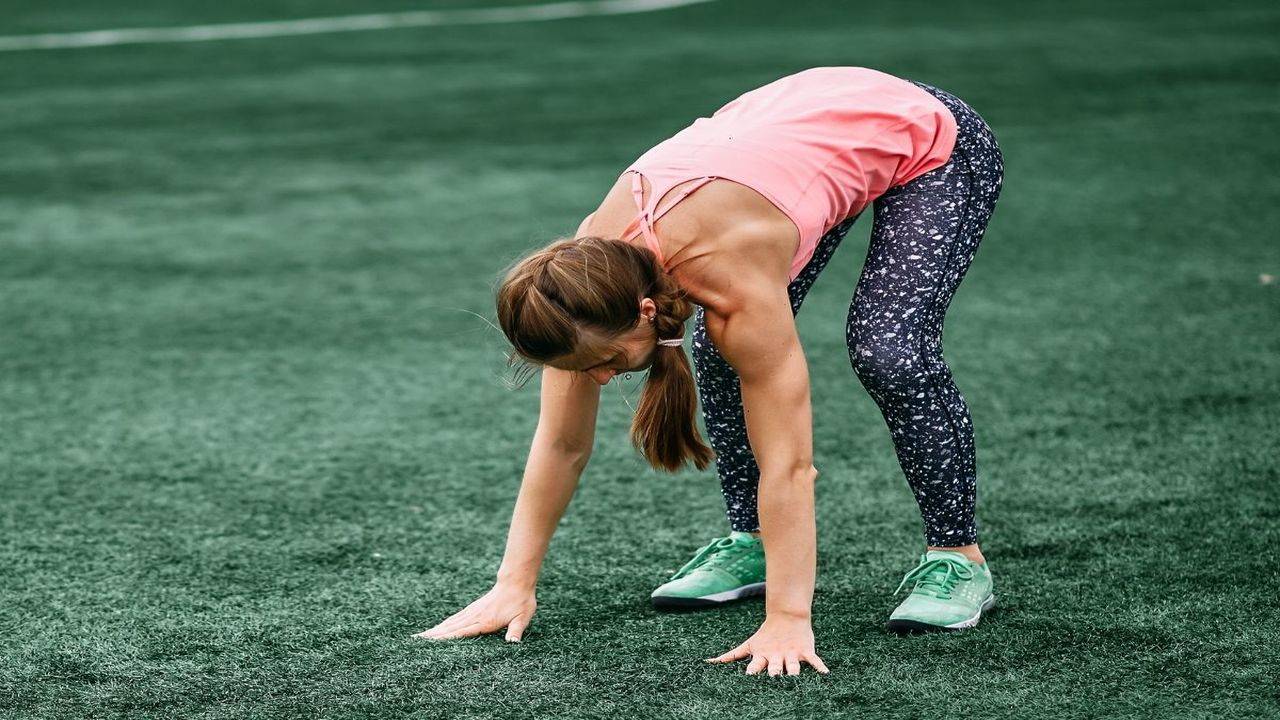Crunches get a lot of mixed reviews. Some people swear by them for ab definition, while others call them outdated or even pointless. But here’s the truth—when done properly, crunches can be a solid core move that goes beyond just sculpting your six-pack. They’re simple, don’t require any equipment, and can fit into almost any workout routine.
Still, it’s easy to get them wrong or overlook their full potential. So let’s clear the air. In this guide, we’ll talk about why crunches still matter, what they actually do for your body, and how to make them work for your goals without falling into common traps.
What Exactly Is a Crunch?
Let’s start simple. A crunch is a controlled, small movement that targets the upper part of your abdominal muscles—mainly the rectus abdominis (the muscle responsible for that “six-pack” look).
You lie on your back, bend your knees, keep your feet flat on the ground, and then lift your shoulders off the floor while keeping your lower back in contact with the ground. That’s it. But there’s a difference between doing it fast and sloppy versus doing it slow and controlled. That difference is everything.
Benefits of Crunches (That Go Beyond Just Abs)
People think crunches are only about getting a six-pack, but there’s more going on under the surface. Here’s what crunches can really do when you take them seriously.
1. Strengthen Your Core Muscles
Sure, the rectus abdominis is the star of the show, but your crunch also engages other core muscles like the obliques and even the lower abs to a degree. A strong core improves posture, supports your spine, and makes every other exercise easier—whether it’s lifting weights or running.
2. Improve Muscle Definition
If your goal is visible abs, crunches can help when combined with proper nutrition and cardio. They won’t melt belly fat by themselves (no exercise can do that), but they help build the muscle underneath so that once fat levels drop, you see the tone and shape you’ve worked for.
3. Support Better Posture
A strong core helps stabilize your spine and pelvis. That means better posture throughout the day. Crunches target muscles that often weaken from long hours of sitting, making them useful for desk workers or anyone with slouched shoulders and lower back pain.
4. Reduce Risk of Injury
Many injuries, especially in the lower back, come from a weak core. Crunches help build a foundation that protects you during workouts and everyday tasks like lifting groceries or even getting out of bed.
5. Boost Everyday Functionality
Think of your core as your body’s power center. Want to stand up without rolling to your side? Carry a heavy backpack? Do yoga poses? Climb stairs without losing your balance? Crunches can help with all of that.
6. Can Be Done Anywhere, Anytime
No need for fancy gear or gym access. Crunches are bodyweight-based and require nothing but floor space. This makes them a no-excuse move for home workouts, hotel rooms, or even quick break-time exercises.
How to Do a Crunch Properly (The Right Way)
Let’s be real—most people either rush through crunches or strain their neck doing them. Here’s how to fix that.
Basic Crunch Form
- Lie down on your back with knees bent and feet flat on the floor.
- Place your hands behind your head or across your chest (whatever feels better for neck support).
- Engage your core—pull your belly button down toward your spine.
- Lift your shoulder blades off the floor using your abs, not your neck.
- Hold for a second at the top, then slowly lower back down.
Reps: Start with 2–3 sets of 15–20 reps with good form.
Important Tips
- Don’t pull your neck. Your hands should lightly support, not yank.
- Keep your lower back in contact with the ground.
- Exhale on the way up, inhale on the way down.
- Quality > quantity. Five perfect reps beat 30 bad ones.
Crunch Variations to Level Up Your Game
Once you’ve nailed the basics, there’s no reason to stop there. Here are some crunch variations that target different areas of your core:
1. Bicycle Crunches
Great for working the obliques along with the upper abs.
- Lie on your back, lift your legs and bend your knees at 90 degrees.
- Alternate touching opposite elbow to opposite knee in a pedaling motion.
2. Reverse Crunches
Targets lower abs and takes pressure off your neck.
- Lie flat, lift your legs and tuck your knees toward your chest while lifting your hips off the floor.
3. Oblique Crunches
Perfect for shaping the sides of your waist.
- Lie on your side, bend your knees, and crunch upward diagonally. Switch sides after each set.
4. Weighted Crunches
Add intensity with a dumbbell or plate.
- Hold a weight at your chest or behind your head while performing regular crunches.
5. Toe Touch Crunches
Improves flexibility and targets upper abs hard.
- Lie flat with legs straight up in the air and try reaching your hands to touch your toes.
Common Crunch Mistakes to Avoid
If crunches ever feel like they’re straining your neck or not doing much, chances are you’re making one of these mistakes:
- Neck pulling: This is the most common one. Keep your chin tucked and gaze upward.
- Fast reps with no control: Use slow, steady motion to fully engage the core.
- Not breathing properly: Don’t hold your breath. Exhale during effort.
- Overarching the back: Keep your lower back pressed to the floor at all times.
- Doing only crunches for abs: Mix them with planks, leg raises, and cardio for full results.
Should You Do Crunches Every Day?
You could—but you don’t have to. Your abs are like any other muscle. They need rest to grow stronger. Doing crunches 3–4 times a week is usually enough. Mix in other core exercises and give your body time to recover.
Also, don’t forget nutrition. You can do a hundred crunches a day and still not see abs if you’re eating in a calorie surplus. Abs are built in the gym, but revealed in the kitchen.
Who Should Avoid Crunches?
Crunches are safe for most people, but not everyone. If you have:
- Lower back issues
- Diastasis recti (especially post-pregnancy)
- Neck injuries
…it’s best to check with a physiotherapist or trainer first. Modified core exercises or movements like planks might be better options.










